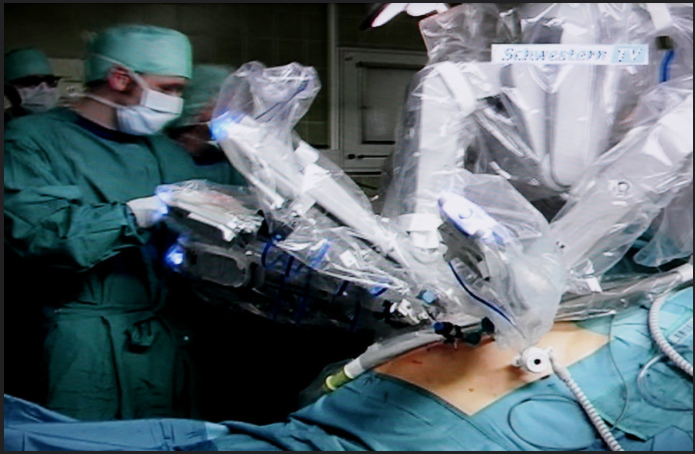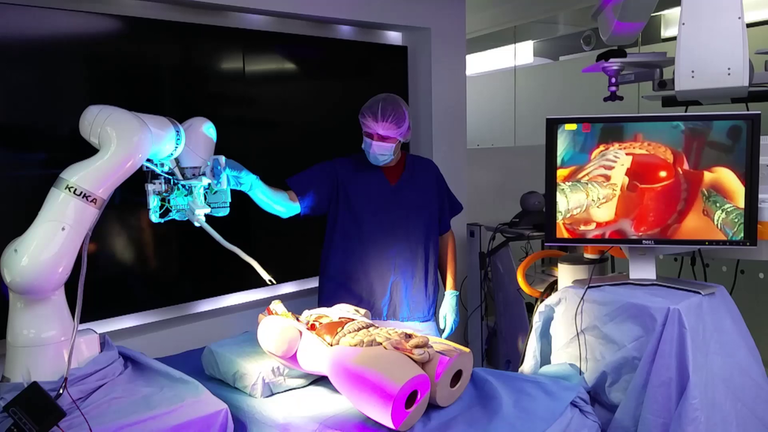Abnormal health is as old as the existence of man. In those days of little or no scientific knowledge, many would have died due to abnormalities that can nowadays be taken care of in a matter of minutes. The human being can be considered a working machine and at any point in time, any of the parts can break down while working or while even at rest. When the faulty part is eternal, it is easier to deal with, unlike when it is internal. Internal faults cannot be easily diagnosed. Many have died of undiagnosable ill-healths in the past when advancement in science and technology was still at a very early stage, and even till now.

When an internal problem defies drugs, the body might be required to open up before such a problem can be fixed. This time, there are no bolts and nuts to unscrew, unlike a normal engine or machine. In other words, medical surgery would be required. The part of the body that will be cut opened depends on where the problem is. However, before the body is cut open, the accuracy of the diagnosis must be really high beyond guess works.
The first and most primitive form of surgery that is known to date as far back as Neolithic and pre-Classical eras when a tiny hole is made on the head reportedly as a way of getting rid of 'spirit' in the body, and in some other reports, to treat migraine. As ridiculous as this practice may sound, it was known to be widely practiced in Europe, Africa, and even South America.
Surgery as a subject never got to the university system until the 1700s. Before then, primitive surgery is learned just like a day-to-day apprenticeship. Minor surgeries such as bloodletting, tooth extraction, bullet removals from gunshot wounds, etc. were performed during this period. Most of the things learned about human surgeries were from surgeries performed on animals and the bulk of the surgeries being performed were without anesthesia. Worthy of being mentioned is the work of Andreas Vesalius and French army surgeon, Ambrose Paré during this period.
Surgery could not have been modernized without advancement in human anatomy and the invention of anesthesia as well as the discovery of antibiotics. Of great importance of modern surgery is also the development of methods of sterilizing instruments prior to surgery. With all these, surgery became easier for both surgeons and patients.
The administration of anaesthesia during surgery means that the pain felt by patients is reduced to the barest minimum or even non-existence While the development of antibiotics and methods of sterilization means that post-surgery infections becomes minimal and swiftly taken care of.
As days go by, advancement is made in all the fields associated with surgery and things keep becoming easier and safer with time. In those days while I was growing up, it takes an average of 2 weeks for a pregnant woman who gave birth through Caesarian sectioning to be discharged from the hospital even without any known complications. This is unlike today, where Caesarian section patients can go home in a couple of days after the surgery.
Despite the major advancement, scientists are not resting on their laurels and this has led the science world to a new type of surgical system known as minimally invasive surgery.
Minimally Invasive Surgery
Nowadays, surgeons are focussing more on making the openings leading to surgeries as tiny as possible. However, as long as things are done manually, an adequate space would be required for surgeons to successfully perform surgeries. This is why conventional surgeries require that a patient is opened up adequately to allow surgeons to operate.

With minimally invasive surgery, things are semi-automated. Tiny openings are made into patients while human-controlled machines do the rest. This method is sometimes referred to as robotic surgery. A good example of minimally invasive surgery procedure is the Da Vinci surgery. The procedure has been or has the potential to be applied in general surgery, cardiac surgery, colorectal surgery as well as gynaecologically related surgery.
A varied form of robotic surgery is involves using camera and a tiny instrument to enhance the field of operation after cutting a small opening to access the surgery area. With the development of this procedure, some surgeries no longer require the body to be opened up. For example, a surgery involving the removal of uterus might not require that the lower abdomen be cut opened but done and removed through the vagina.
With minimally invasive surgery, patients experience far lesser pains and the period of recovery is significantly shorter than that of regular surgery. The era of having to set blood aside in case a patient loses too much blood during surgery might also be over while the chances of complications during or after surgery is significantly reduced. Unlike scars of regular surgery that could stay with one throughout their lifetime, the scars left by minimally invasive surgeries are so minute and can actually disappear in no time.
Thanks for your contribution to the STEMsocial community. Feel free to join us on discord to get to know the rest of us!
Please consider supporting our funding proposal, approving our witness (@stem.witness) or delegating to the @stemsocial account (for some ROI).
Please consider using the STEMsocial app app and including @stemsocial as a beneficiary to get a stronger support.
Congratulations @hadji! You have completed the following achievement on the Hive blockchain and have been rewarded with new badge(s) :
Your next target is to reach 37000 upvotes.
You can view your badges on your board and compare yourself to others in the Ranking
If you no longer want to receive notifications, reply to this comment with the word
STOPCheck out the last post from @hivebuzz:
Support the HiveBuzz project. Vote for our proposal!